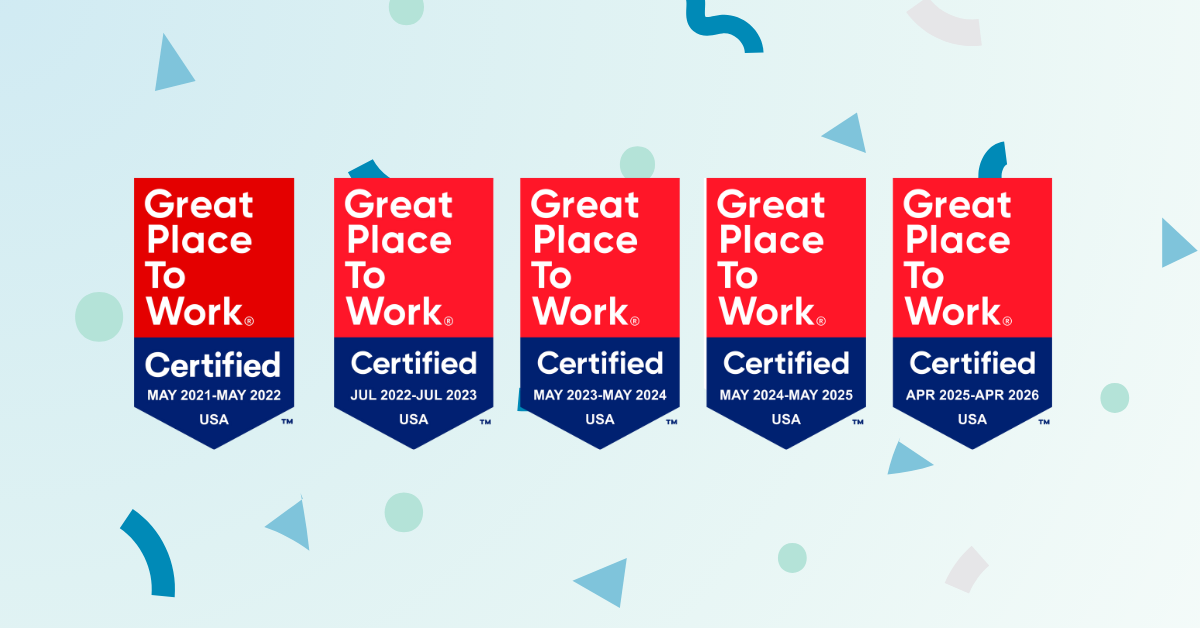When an unexpected life-changing event happens, planning the necessary next steps can seem overwhelming. If treatment and recovery from a life-threatening illness, period of bereavement, catastrophic loss, a growing role in long-term elder care, or a similar personal situation takes priority in your time and attention, then other areas of your life (including your professional career) feel the impact. Managing that impact can be part of your path to strength and recovery.
Here are five suggested steps to take in the workplace that will help you —and your coworkers — meet the challenge of the unexpected.
#1. Talk with HR and know the policy
It’s important to know the policies of your firm and the benefits offered in times of crisis. These vary from employer to employer. For instance, under the U.S. Fair Labor Standards Act, there is no specific, mandated provision for bereavement leave, which even as unpaid leave, employees must discuss with employers. Knowing your company’s guidelines gives you a solid framework for your personal plan.
Also, you may discover that you have access to beneficial resources such as counseling, wellness programs, and local discounts on medical goods and accommodation services. If you are impacted by a community-wide loss, such as a natural disaster that affects local employees and customers alike, your company may be already involved in organized efforts of response.
#2. Talk with your manager
If your situation requires extended time away from the office, talking with your manager and preparing together is the next step. To assist your manager, compile a list of your current projects and their statuses, the internal tools and resources you regularly use, including access steps and passwords if needed, and a calendar of your regular meetings and obligations.
With your manager’s input, plan for any needed customer-facing communications, coverage, and workload reallocations. Depending on the challenge you face, you and your manager may decide that you can adjust your work schedule and take on different tasks you are able to do during this time.
For managers, keeping an office productive during an extended employee absence can be strategic planning done ahead of an actual need. Having basic business continuity plans in place before they are needed is your most effective way to survive disruption.
Learn more: Pro tips for reallocating responsibilities during a coworker’s leave of absence>>
#3. Talk with your colleagues
After you have established a plan with your manager, talk with your team members, especially those who will be responsible for your workload in your absence. Share as much about your situation as you are comfortable with. Ask for their confidentiality if you wish it, as well. The resources you’ve prepared with your manager will help your team take care of business while you take care of yourself.
Remember: not all your ‘go-to’ areas of expertise are listed in your job description. Are you the one who finesses printer cartridges, waters the plants, or cleans the office refrigerator on Fridays? Make note of those tasks, too, and you’ll find colleagues that will be more than glad to cover them for you.
You may discover that simply talking with your colleagues becomes an important source of support. Let them know they’re appreciated.
#4. Practice self-care
From the first, self-care will be your primary focus. Self-care should encompass all aspects of your plan and your workplace can play a role. Staying connected with colleagues or even maintaining a limited or even full workday schedule of ordinary tasks might provide a source of stability for you. If you need to be away from the workplace, knowing that you’ve worked with your team and prepared together for your absence can also be a good step in self-care.
The time needed to grieve, heal, or recover differs for each of us. Major life transitions operate on their own internal plan and be aware that yours may override a previously organized schedule for your return to routines. Work closely with your manager and HR if you anticipate the need for more time.
When you return to a full schedule, be responsive to internal signs of anxiety or tension. You may find that the return to the “ordinary world” is a bigger challenge than you anticipated. Continue to use the resources you’ve identified in previous steps and communicate with your support network. Common stress-reduction techniques are also useful.
Read more: 6 ways for legal professionals to defuse tense situations and 6 things you can do today to improve your work life
#5. Embrace unexpected opportunities for change and gratitude
A catastrophic disruption to our routine may open unexpected avenues for rejuvenation and change in its wake. Whether you are returning to your current position from a lengthy absence or to the workforce itself, you may find your old role altered or your area of practice is not hiring. Instead, emerging practice areas or new skills needed in the job market might become your new passion.
A good way to move forward is to explore temporary and short-term opportunities in a variety of professional settings. This keeps your skills sharpened while allowing you time to make a considered decision without unnecessary pressure.
You may also find that you return to your current professional life with a renewed sense of appreciation for the teams who became part of your support network during a challenging time. Share your gratitude and foster those cooperative skills of responsive collaboration with them. Your hard-won insights and empathy can become a beneficial part of your own career skillset and life’s journey going forward.
Have you met a life-altering challenge while still maintaining a professional role or helped a colleague doing so? What did you learn from your experience that you would want others to know?









